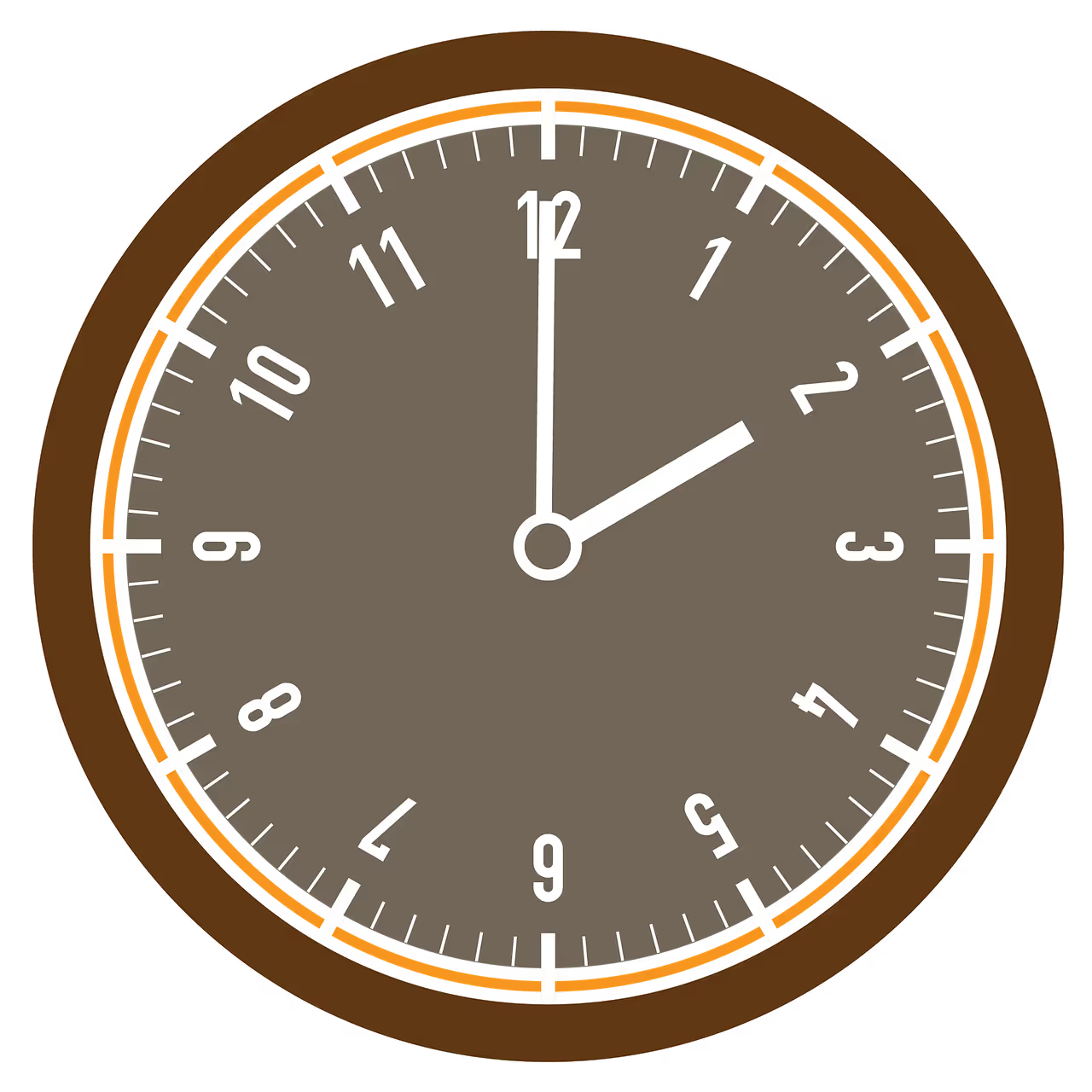
By Joe Lombardi From Daily Voice
Get ready to fall back. An extra hour of sleep is on the way as clocks roll back and mornings get brighter.
Daylight saving time ends on Sunday, Nov. 2, at 2 a.m. local time, when clocks move back one hour nationwide. The shift nudges sunrise earlier and pushes sunset earlier, too. Last year’s switch occurred on Sunday, Nov. 3, 2024.
Since 2007, the United States has followed a fixed timetable set by Congress: “spring forward” on the second Sunday in March and “fall back” on the first Sunday in November.
Not everyone changes clocks. Hawaii and most of Arizona stay on standard time year-round, while the Navajo Nation within Arizona observes daylight saving time.
The concept traces back to Benjamin Franklin’s 1784 tongue-in-cheek suggestion to save candles by waking earlier.
It was later developed by George Hudson in New Zealand and William Willett in Britain, then adopted nationally by Germany and Austria-Hungary in 1916. The United States followed in 1918, and the Uniform Time Act of 1966 standardized the practice.
The twice-yearly switch remains contentious. A recent poll found 54 percent of Americans want to end the clock change, with most preferring permanent standard time. A smaller share favors permanent daylight saving time; keeping the current system is the least popular option.
Before going to bed on Saturday, Nov. 1, manually reset ovens, microwaves and car dashboards. Smartphones and most computers update automatically.
On Sunday, enjoy the earlier sunrise, and remember that evenings will turn darker sooner.

 Daily Voice
Daily Voice
 Raw Story
Raw Story ABC30 Fresno Sports
ABC30 Fresno Sports